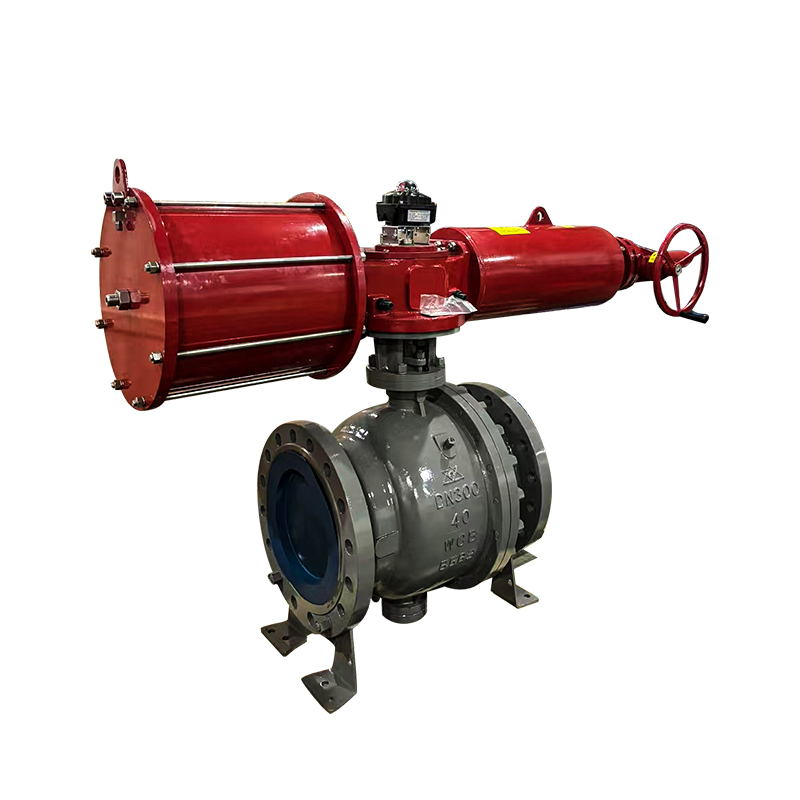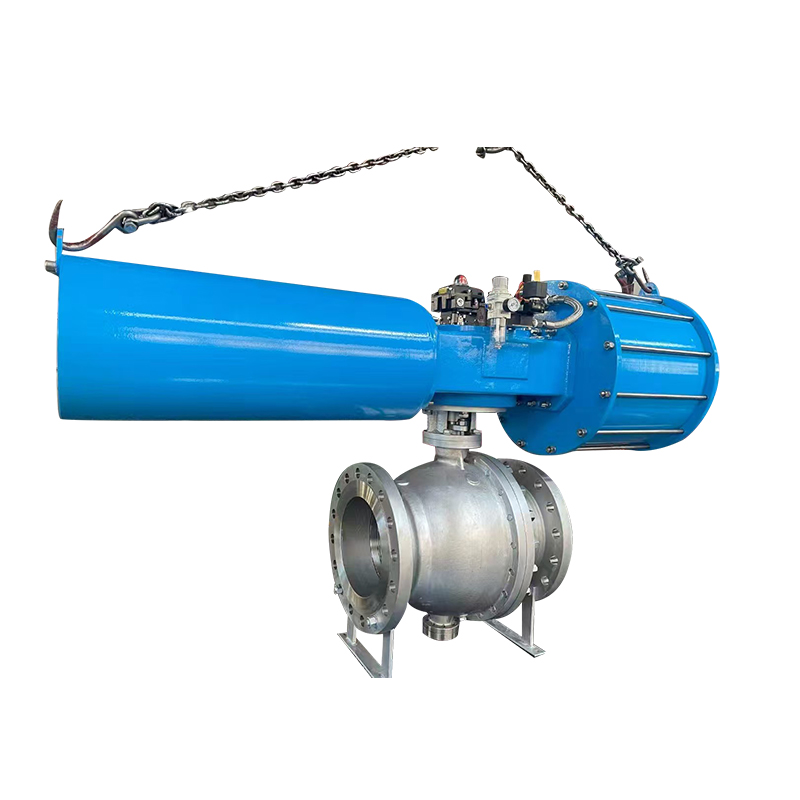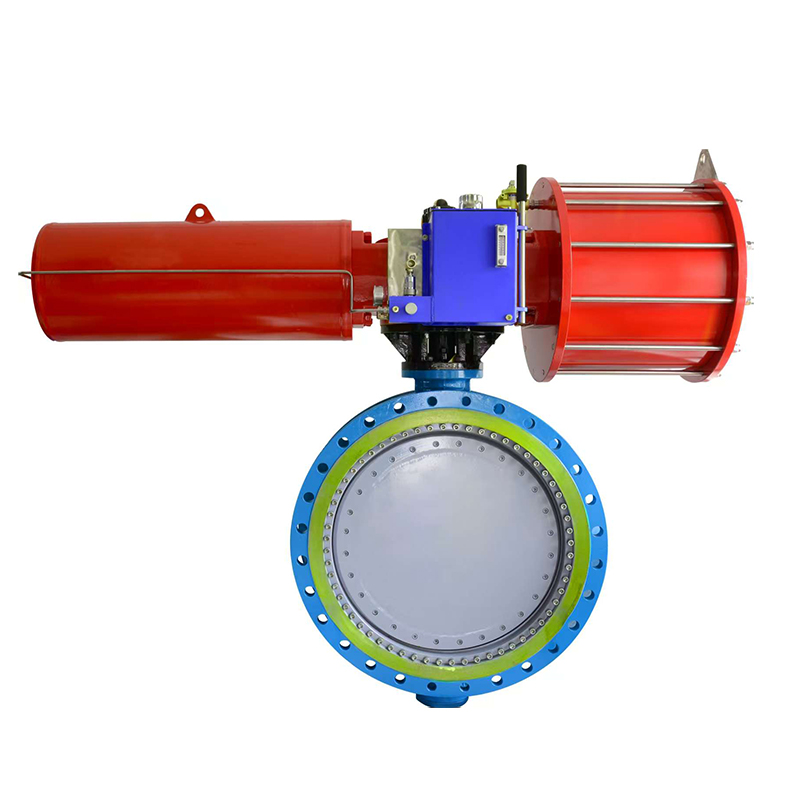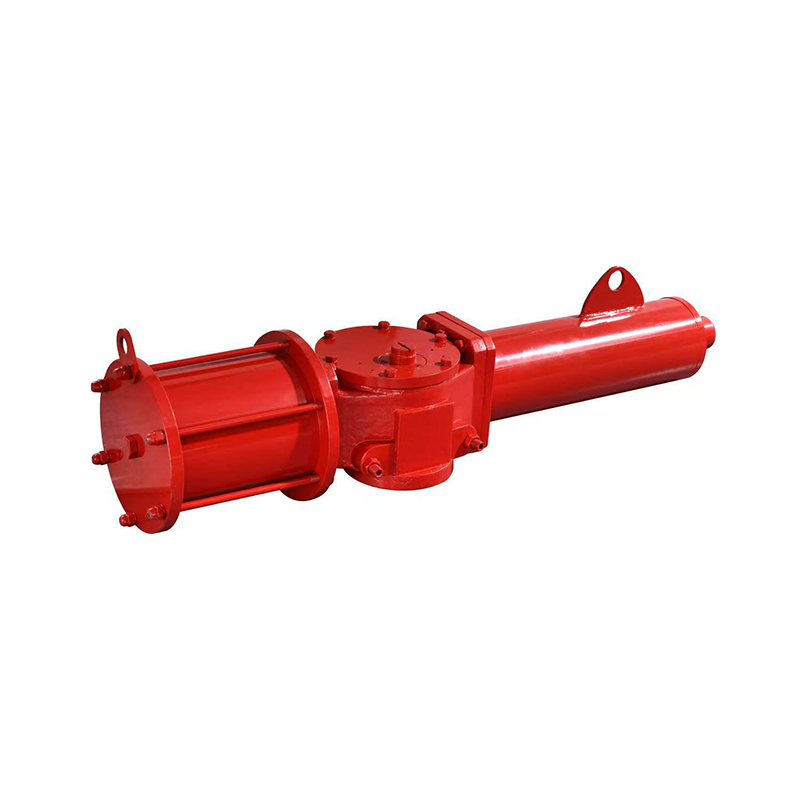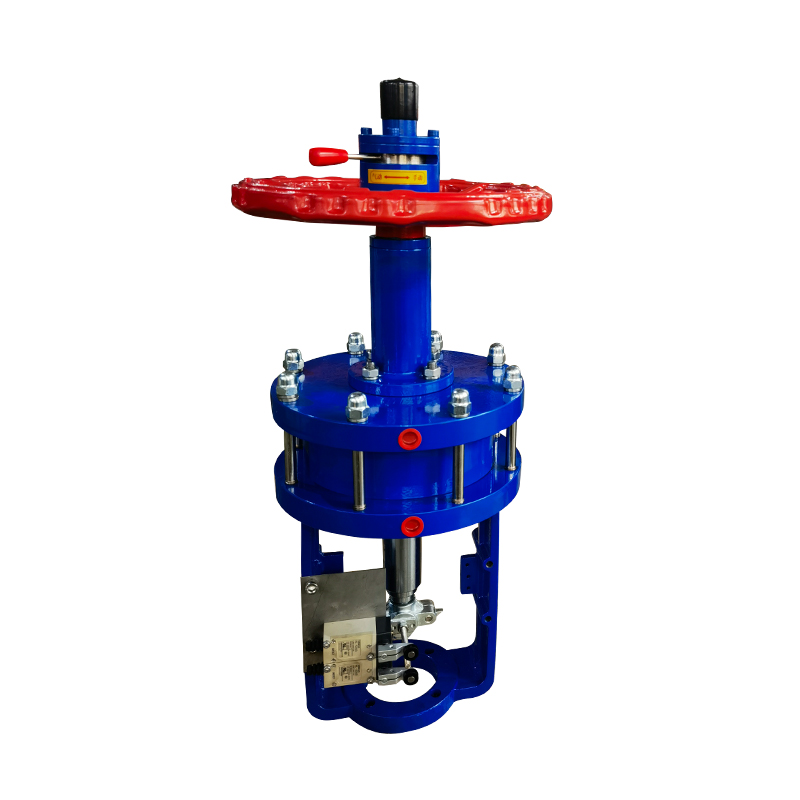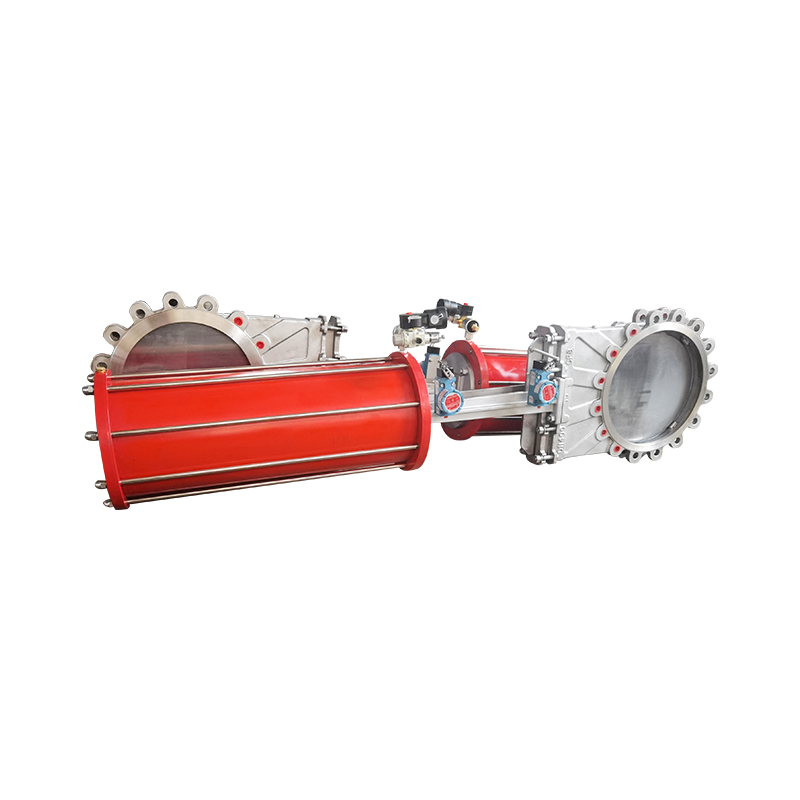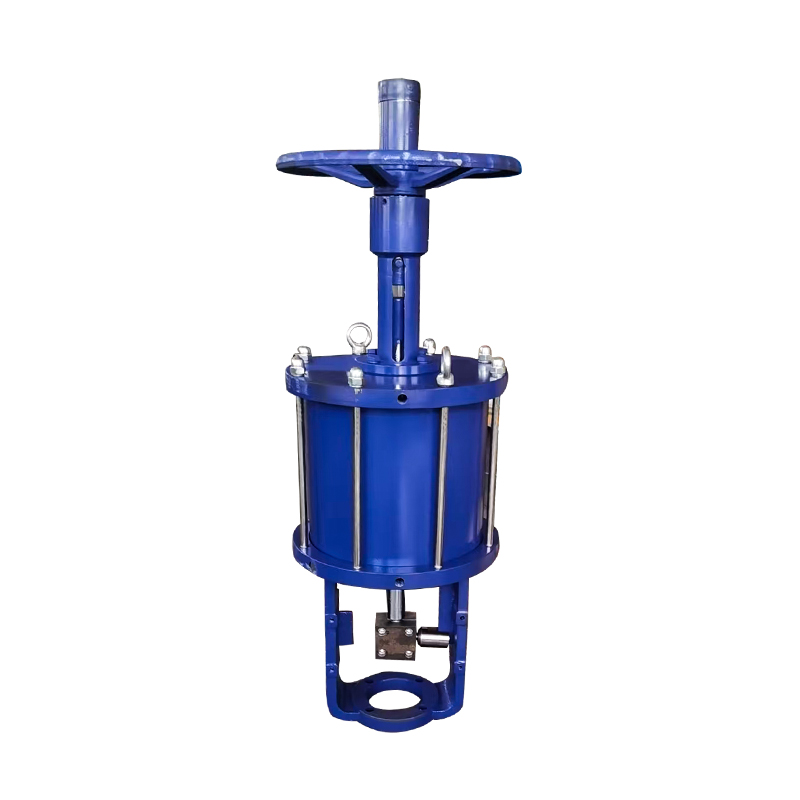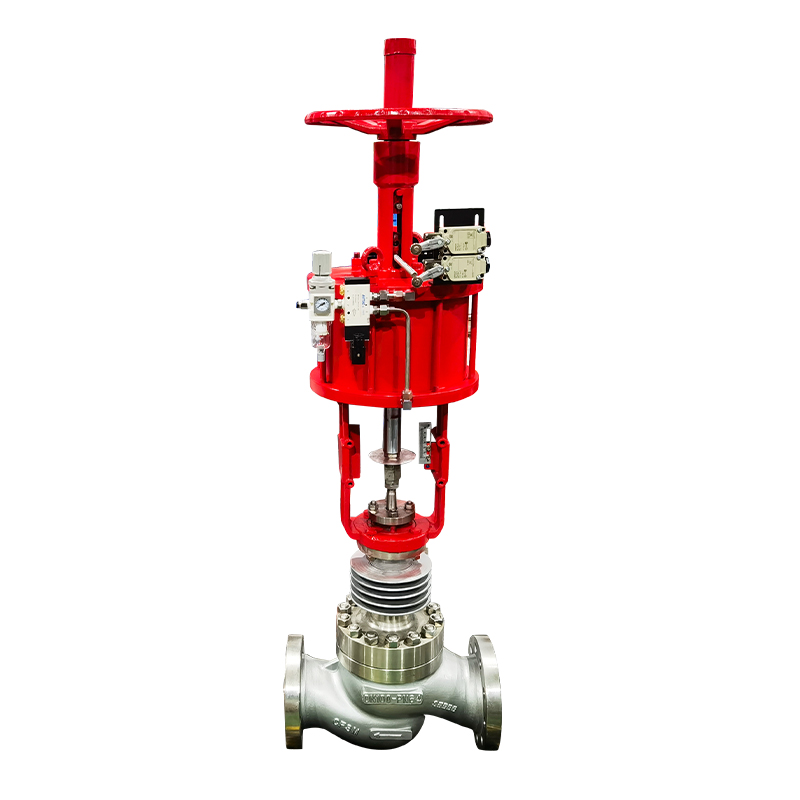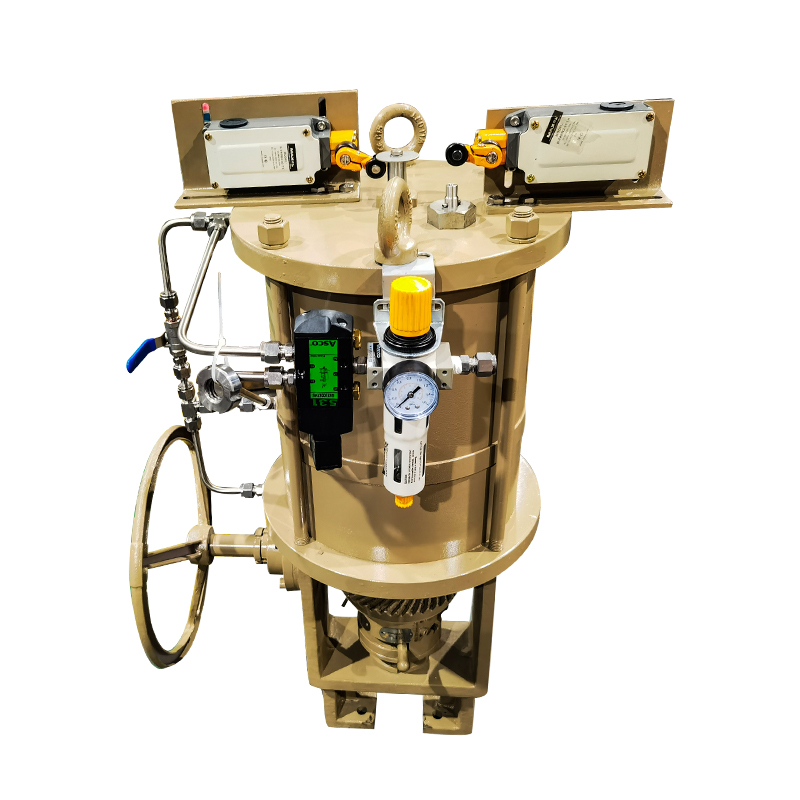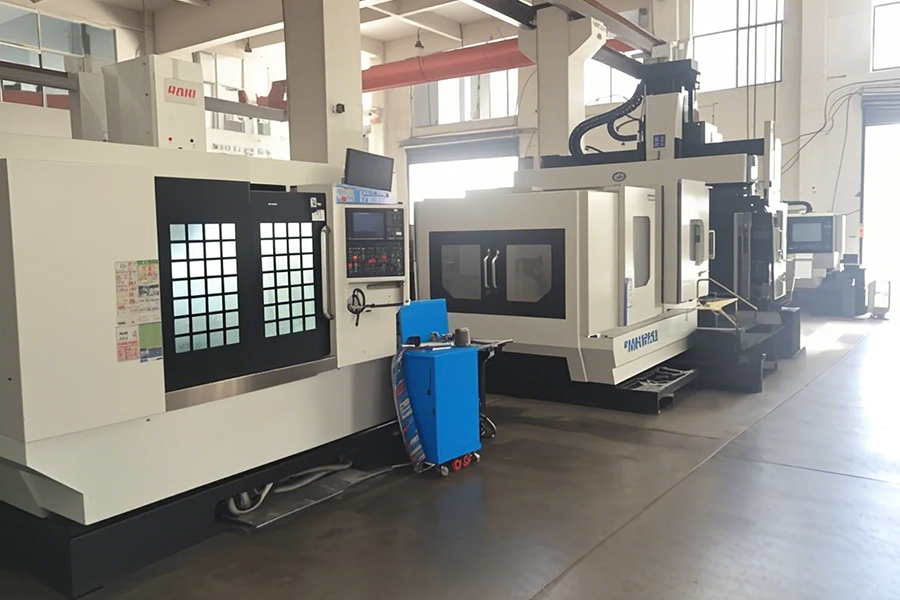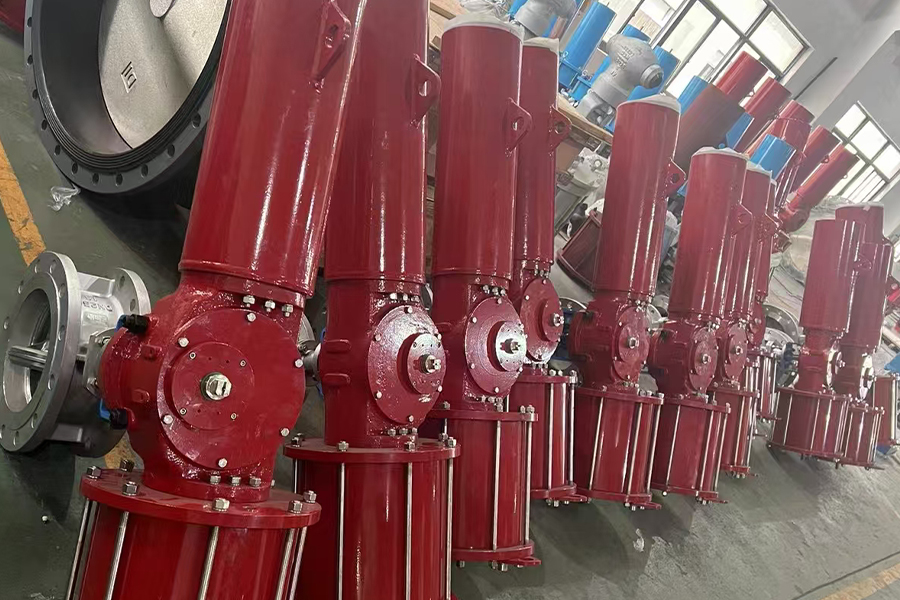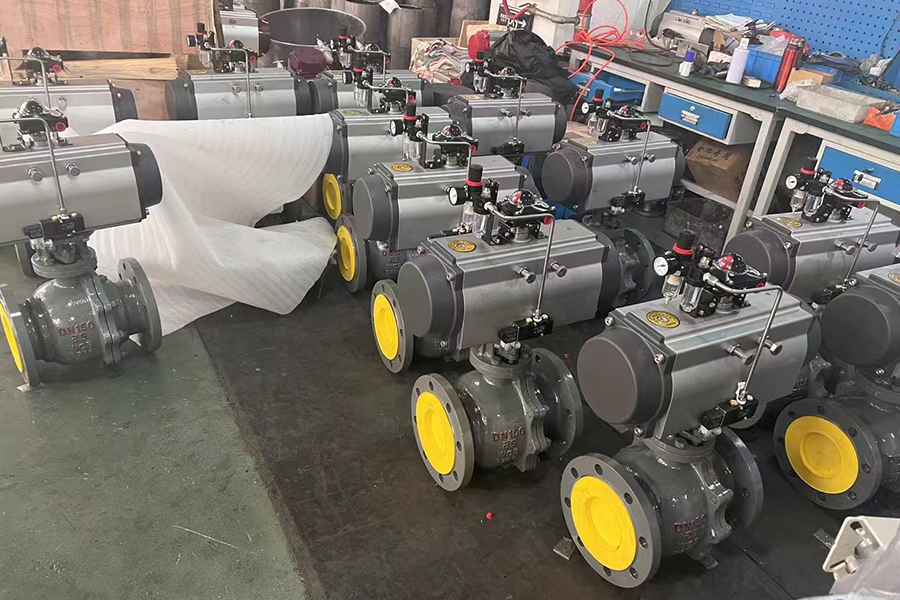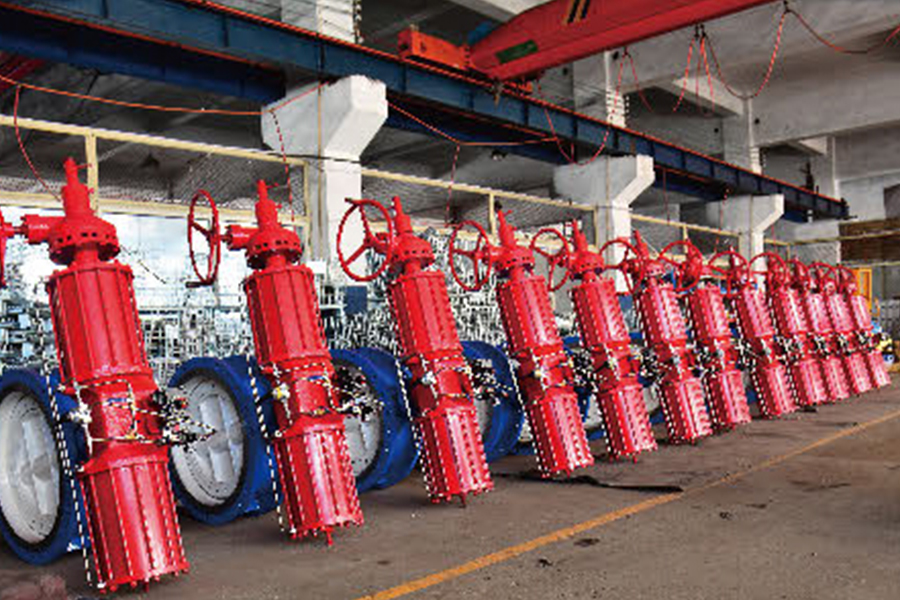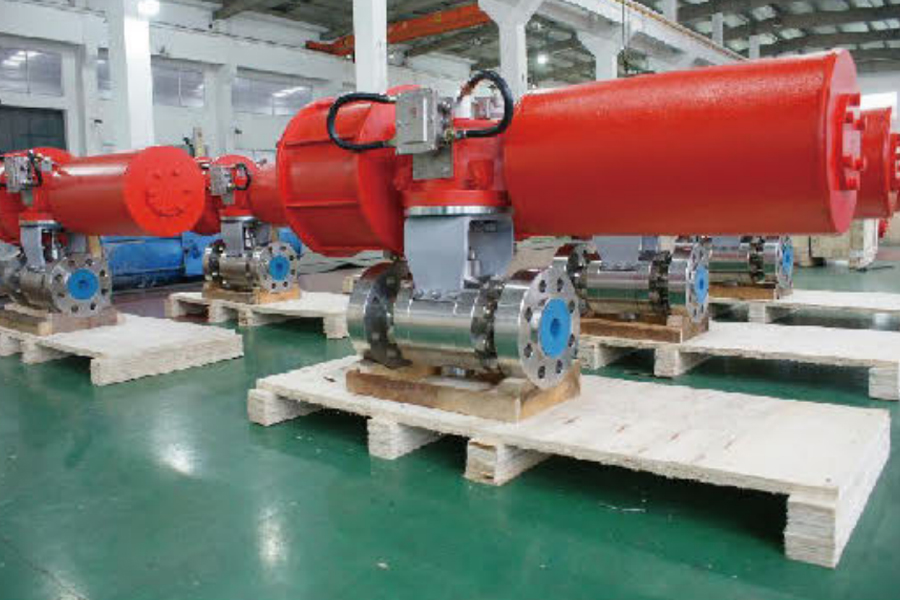In the world of pneumatic systems, the design of components plays a crucial role in determining their efficiency and reliability. Among these components, the fork type pneumatic valve is notable for its unique design that influences its overall performance in various applications.
A fork type pneumatic valve is characterized by a fork-shaped actuator that enables precise control of airflow within pneumatic circuits. This design distinguishes it from other valve types by allowing a direct and efficient transfer of mechanical motion to control the valve's opening and closing actions. The shape and configuration of the fork affect factors such as response time, sealing ability, and durability.
One important aspect of the fork type pneumatic valve design is the fork actuator's geometry. The fork shape enables the valve to engage and disengage smoothly with the valve seat, which helps maintain a consistent seal during operation. This design helps reduce leakage and ensures that air pressure is effectively regulated within the system. A well-designed fork can also reduce wear on valve components by distributing forces evenly, thereby extending the valve's service life.
The materials used in the fork type pneumatic valve also influence its performance. Components that are lightweight yet durable, such as certain alloys or composites, allow the fork actuator to respond quickly without adding unnecessary inertia. Faster response times can improve the overall efficiency of the pneumatic system by enabling more precise control of air flow. At the same time, robust materials can withstand the repetitive mechanical stresses common in pneumatic applications, reducing maintenance needs.
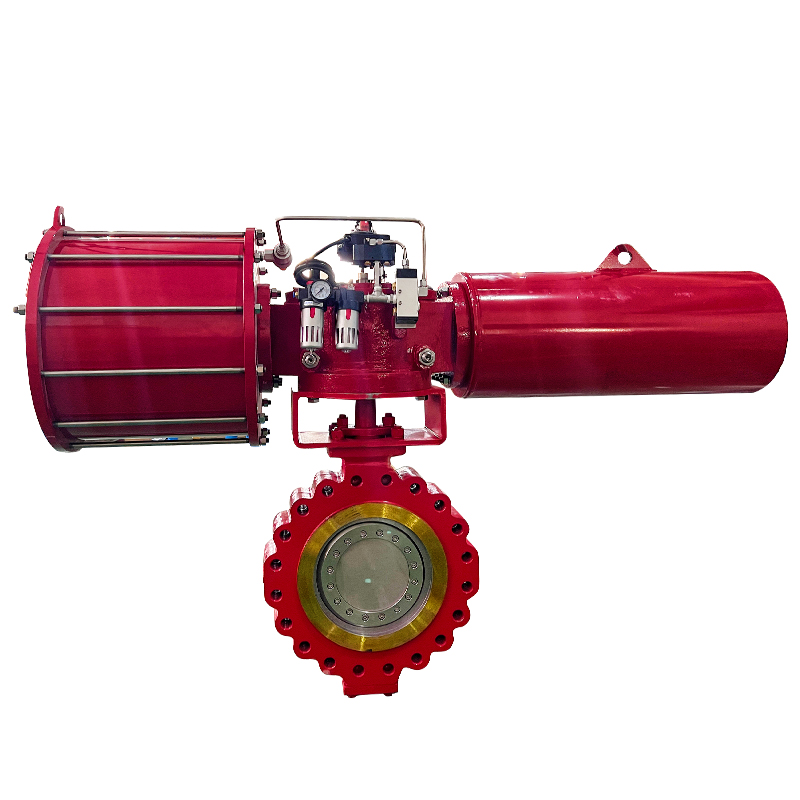
Another design feature affecting the valve's performance is the sealing mechanism associated with the fork actuator. Depending on the design, the valve may use soft seals made from elastomers or harder seals such as metal-to-metal contacts. The choice of seal material and the way it integrates with the fork actuator affects not only leakage rates but also the valve's ability to operate effectively under different pressure and temperature conditions.
The compactness of the fork type pneumatic valve design can be beneficial in installations where space is limited. The fork actuator often requires less space compared to other valve types with bulkier actuators. This compact design allows the valve to be integrated into complex pneumatic systems without significantly increasing the system's size or weight.
Performance is also influenced by how the fork type pneumatic valve interacts with control signals. Many fork type valves are designed to respond to pneumatic or electric control inputs, and the fork actuator must efficiently convert these inputs into mechanical motion. A design that ensures smooth and reliable actuation improves the valve's responsiveness and repeatability, important factors in automated processes.
The ease of maintenance and repair can be linked to the valve's design. Fork type pneumatic valves often feature accessible components that simplify inspection and part replacement. Designs that consider maintenance needs can reduce downtime and operational costs, making them more attractive for long-term use.
The design of a fork type pneumatic valve has a direct effect on its performance. From the shape and material of the fork actuator to the sealing mechanism and compactness, every element plays a role in determining how well the valve controls airflow, its durability, and ease of maintenance. By carefully considering these design factors, users can select fork type pneumatic valves that align with their specific application requirements, ensuring reliable and efficient pneumatic system operation.








